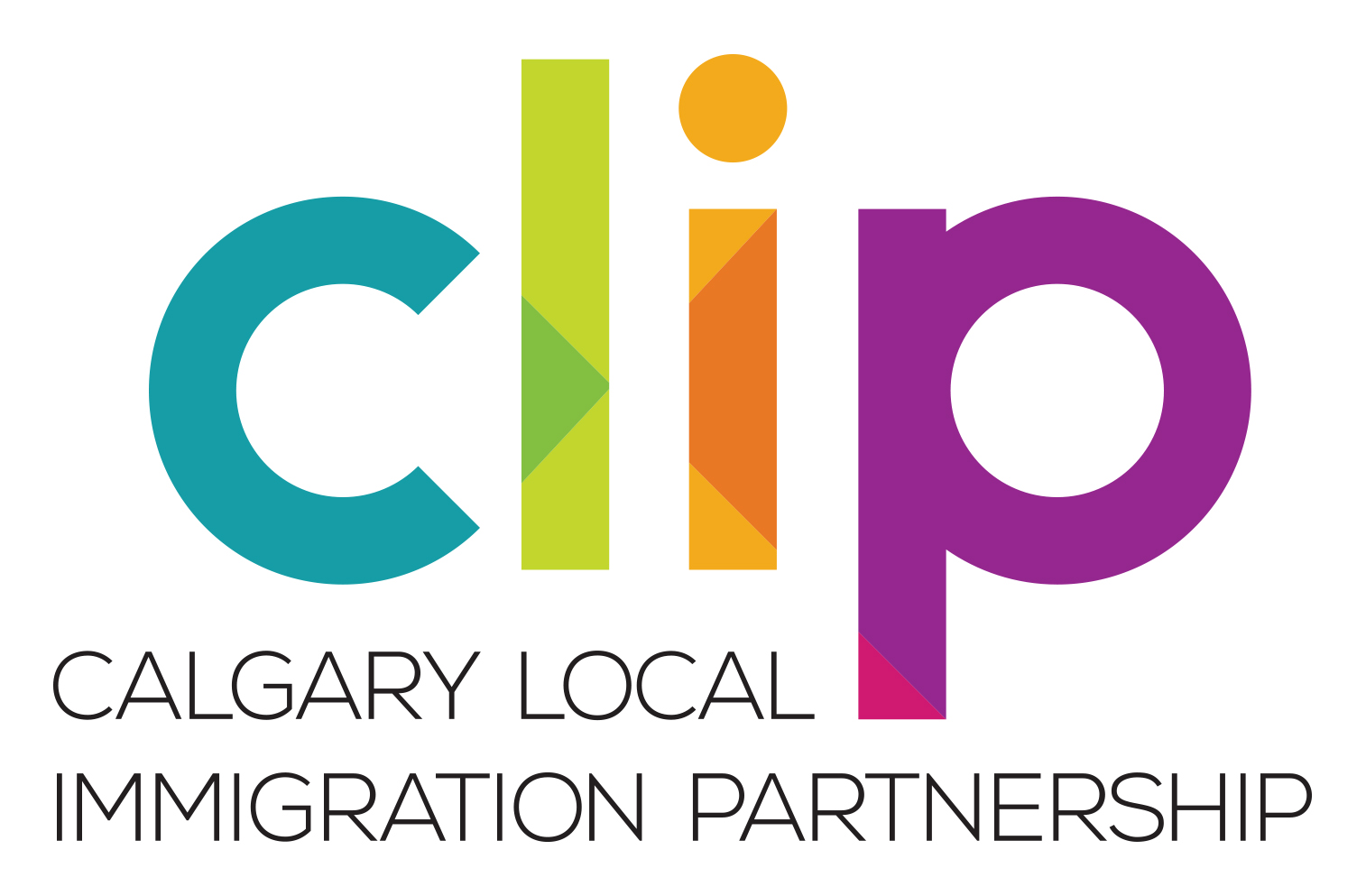Research on Newcomer Communities and Immigration Data in Calgary
Looking for local data and research on immigration? Below you’ll find migration-related data, research, and reports.
Calgary data
The City of Calgary publishes a variety of research and data products to help citizens learn more about their community. Some products provide information about Calgary overall, and others focus on particular geographic areas and specific populations.
Learn more about immigrant communities
LIP Data has fact sheets, maps, immigrant profiles, collective impact survey results, economic profiles, and research reports.
Newcomer Participation: Opportunities for Mental Health and Sport Organizations - 2025
This report explores how sport and mental health organizations can better engage newcomers to Canada by identifying barriers to participation and offering strategies for inclusive programming. It emphasizes collaboration, cultural responsiveness, and community-driven approaches to foster mental well-being and social inclusion through sport.
Priorities Fact Sheet and Action Opportunities - 2024
The CLIP Fact Sheet and Action Opportunities document outlines key insights and recommendations from the CLIP initiative, emphasizing the importance of cross-sector collaboration to support newcomer inclusion through sport and mental health programming. It presents actionable strategies for organizations to build equitable, culturally responsive, and community-driven approaches that foster belonging and well-being.
Conducting Successful Pilot Projects - 2024
Conducting Successful Pilot Projects outlines how pilot projects can be used to test innovative solutions to complex social issues in Calgary, emphasizing equity, inclusion, and community engagement. It provides a comprehensive framework—including best practices, common pitfalls, and a checklist—for designing, implementing, and evaluating pilots, supported by nine diverse case studies that illustrate real-world applications and lessons learned.
CLIP Newcomer Survey Report - 2023
The CLIP 2023 Newcomer Survey Report presents findings from a national survey of newcomers to Canada, highlighting their experiences and challenges in accessing sport and mental health services. It identifies key barriers such as language, cultural differences, and lack of awareness, while offering recommendations for organizations to create more inclusive, accessible, and responsive programming.
CLIP Community Plan and Funding Model - 2022
In 2021, CLIP applied for a Service Delivery Improvement (SDI) project. The settlement Service Delivery
Improvement (SDI) funding initiative lets the IRCC invest in projects that research improvements to
settlement service delivery. Its original outcome was the development of a community-based plan and
a new funding model for Calgary.
CLIP Environmental Scan and Systems Mapping - 2022
The CLIP Final Report offers a comprehensive summary of the CLIP initiative’s first phase, detailing how sport and mental health organizations collaborated to support newcomer inclusion. It highlights key findings, community engagement strategies, and recommendations for building equitable, culturally responsive, and sustainable cross-sector partnerships.
Mapping Newcomers’ Commute in Calgary - 2021
The CLIP Newcomer Commute Report explores transportation challenges faced by newcomers in accessing sport and mental health programs in Canada. It highlights barriers such as cost, distance, and limited transit options, and recommends cross-sector solutions to improve mobility and equitable access to community services.



